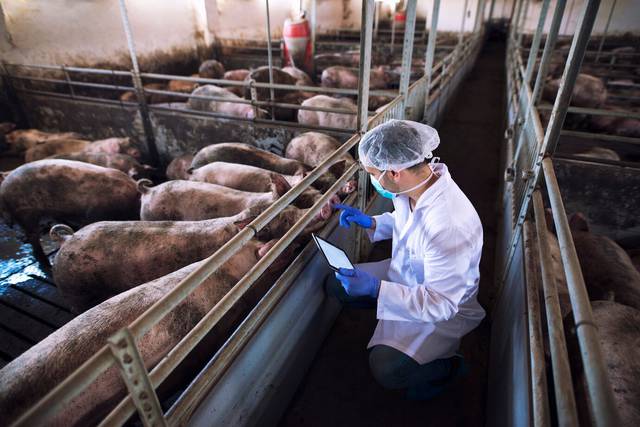PROCEDURE FOR OBTAINING AN ADSORBENT AND ITS USE IN THE ADSORPTION OF AMMONIA
Description
Ammonia is a toxic gas and a significant source of its natural emission comes from the degradation of animal waste and garbage. Intensive livestock activity represents a very important fraction of ammonia emissions into the atmosphere, due to the hydrolysis of urea, which is favored by the contact of urine with feces where there are microorganisms that generate the enzyme urease, responsible for said hydrolysis. The present invention refers to a process for obtaining a solid mesoporous adsorbent, which can be used for the adsorption of substances, in particular, ammonia from farms and which is based on the following: - have wet sludge that includes aluminum salts, from Drinking Water Treatment Plants (ETAP). - subjecting said wet solid to a drying stage at a constant temperature value or by means of a heating ramp between 0.01 and 10ºC/minute.
Advantages
Thanks to this invention, it is possible to valorize the sludge generated in DWTPs as ammonia adsorbents by adding soluble aluminum salts as flocculants. In this way, an adsorbent is obtained for the adsorption of ammonia produced in stabled animal farms (e.g. pigs, poultry, sheep, cattle, goats, etc.), improving the environmental conditions of the animals and promoting animal well-being. The new adsorbent can also be added to slurry and/or manure generated by these livestock facilities, to stabilize ammonia and reduce emissions of this gas to the environment, in the event that these livestock waste are used as agricultural fertilizer.
Uses and Applications
This invention is applicable to waste generated in DWTPs that use soluble aluminum salts as flocculating agents. It is also applicable to livestock facilities that must reduce ammonia emissions into the atmosphere, such as swine and poultry, both in production buildings and in slurry storage ponds and manure warehouses. For this reason, the market is very broad and present in all countries of the world, given that this flocculation procedure in DWTPs is the most used. Also, intensive livestock farming is a widespread activity in the world and in all cases it presents problems derived from ammonia emissions due to the decomposition of urea present in animal excrement.
Keywords
Sectors
Areas
Applicants
Universidad De Málaga, Empresa Mancomunada Del Aljarafe S.A. - Aljarafesa
Inventors
Jose Jimenez Jimenez, Manuel Algarra González, Enrique Rodriguez Castellon, Jose Miguel Rodriguez Maroto, Ramón González Tévar, José Antonio Escalona Navarro, José Barraca Esteban, Carlos Pérez Vázquez
Filing Date
24/04/2023
Protection Level: National (Spain)
Processing Status: Spanish protection application








